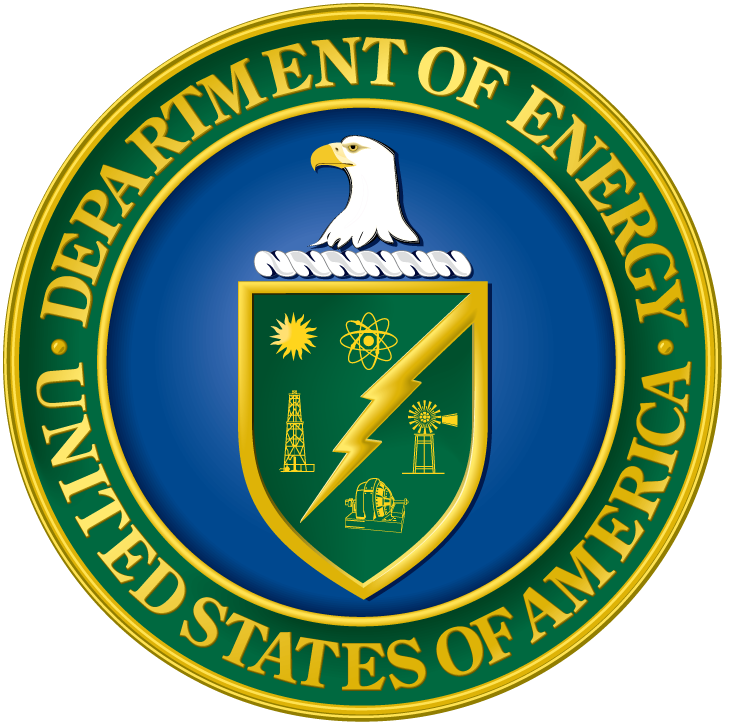Part 1 of 3 Parts
Congress created the Defense Nuclear Facilities Safety Board in 1988 because of concerns about health and safety protection that the Department of Energy was providing the public and workers at nuclear weapons facilities. Congress wanted to reassure that public that the DoE facilities were being safely designed, constructed, operated and decommissioned. The Board consists of five experts in the field of nuclear safety. The current make-up of the Board is two Republicans and three Democrats.
The mission statement of the DNFSB states that the Board was created “within the Executive Branch (42 U.S.C. § 2286, et seq.) to identify the nature and consequences of potential threats to public health and safety at the Department of Energy’s (DOE’s) defense nuclear facilities, to elevate such issues to the highest levels of authority, and to inform the public. Since DOE is a self-regulating entity, the Board constitutes the only independent technical oversight of operations at the Nation’s defense nuclear facilities. Under its legislative mandate, the Board plays a key role in maintaining the future viability of the Nation’s nuclear deterrent capability by:
· Ensuring that the health and safety of the public and the workers at DOE’s defense nuclear facilities located throughout the United States are adequately protected, as DOE maintains the readiness of the nuclear arsenal, dismantles surplus weapons, disposes of excess radioactive materials, cleans up surplus defense nuclear facilities, and constructs new defense nuclear facilities;
· Enhancing the safety and security at our Nation’s most sensitive defense nuclear facilities when hazardous nuclear materials and components are placed in more secure and stable storage; and
· Providing for the early identification of health and safety vulnerabilities, allowing the Secretary of Energy to address issues before they become major problems.”
One of the reasons that the Board was created in the first place is that there were very serious problems with plutonium contamination at the Rocky Flats facility in Colorado. The site was raided by the FBI and closed in 1989. Contractors who operated the site eventually pleaded guilty to a variety of environmental crimes.
Since its inception, the Board has helped to convince the federal government to create and monitor tighter safety rules and regulations for the more than forty thousand workers at eight nuclear weapons sites where nuclear weapons and their components are either produced or stored. The Board has jurisdiction over all the sites where private contractors conduct weapons research, fabrication, assembly or maintenance of thousands of nuclear bombs and warheads for the U.S nuclear arsenal. In the last decade, the defense contractors who operate the nuclear weapons facilities have made over two billion dollars of profit.
There are one hundred and twenty people currently working for the Board. Ten of these people are stationed at five of the nuclear weapons facilities. These ten members of the Board staff write up weekly public reports about the safety practices and problems at the facilities. Warnings from the Board were instrumental in getting contractors at Hanford to heed a whistleblower concerns. Critical facilities were redesigned to help prevent an accidental nuclear chain reaction. Investigators from the Board also documented and warned about safety problems at the Los Alamos National Laboratory (LANL). The LANL is still having problems adhering to the requirements of the Board.
Please read Part 2
